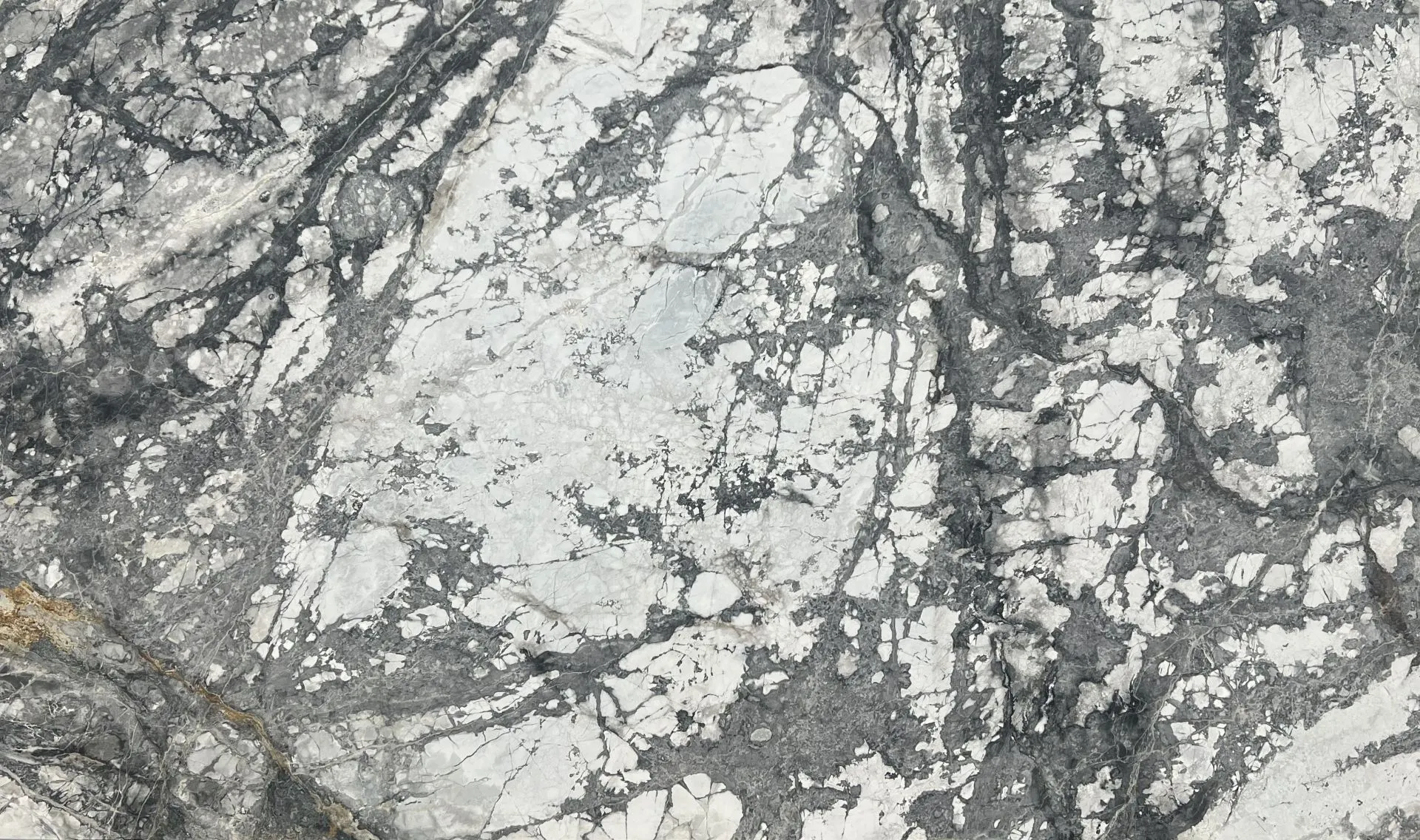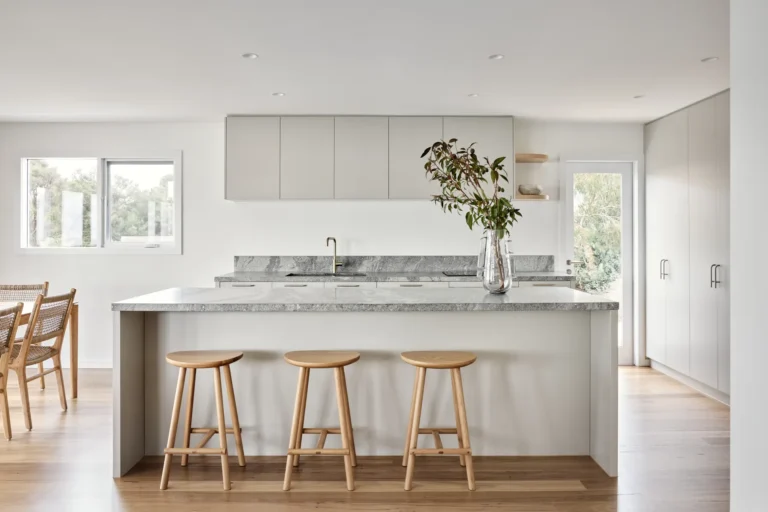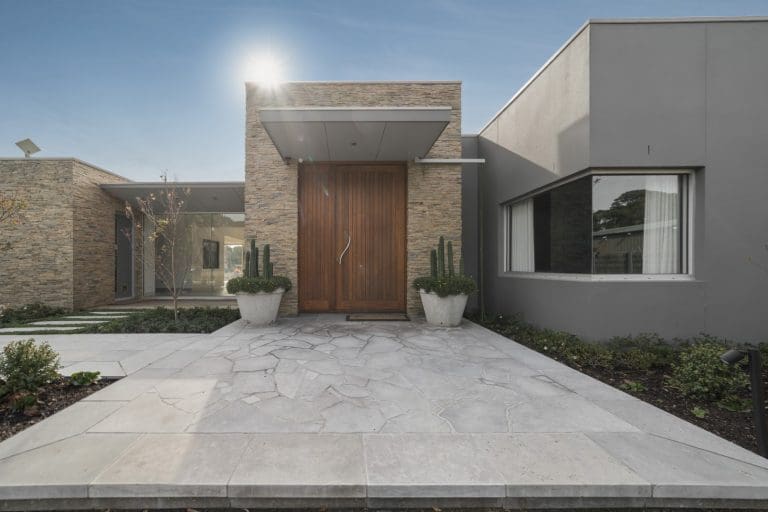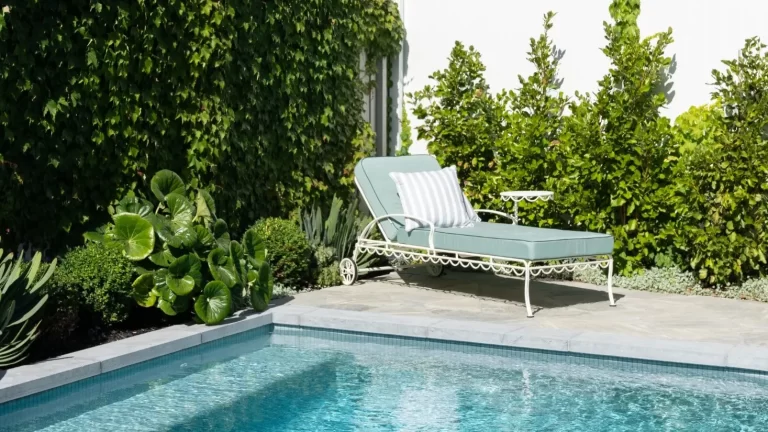Marble remains one of the most luxurious and timeless surfaces for countertops and benchtops. The right marble colour can transform your kitchen or bathroom into something spectacular, evoking elegance, warmth, drama, serenity or a blend of all. But it’s easy to feel overwhelmed: there are dozens of marble varieties, each with different base hues, veining styles, and textures. Add lighting, cabinetry, flooring, maintenance, and budget into the mix, and making a decision becomes complex.
In this guide, I’ll walk you through the factors to consider to find the marble colour that looks amazing, works with your lifestyle, and enhances your interior design.
Start with the Space: Lighting, Size & Mood
Natural vs Artificial Light
Natural light can dramatically change how marble looks over a day. A white marble might look brilliantly bright in morning light but softer and warmer toward evening. Deep‐coloured marble can look rich in daylight but might lose definition in dim light. Artificial lighting (both overhead ambient and task lighting) affects tone. Warm lights bring out yellows, creams, and warm tones; cool LED or daylight bulbs bring forward blues, greys, and crisp whites.
Room Size & Proportions
In a small kitchen or bathroom, light-colored marbles (whites, light greys, creams) often help make the space feel larger and more open. Darker marbles or those with busy, dramatic veining can feel cosy and luxurious, but may overwhelm if the room is tight or if the lighting is poor.


The Existing Palette & Architectural Features
Consider what you already have: cabinets, flooring, wall colours, splashbacks, trims. Marble bench tops should integrate in harmony with these. You can choose a countertop that complements, contrasts, or becomes the focal point.
Marble Colour Families & Their Visual Impact
Here are the major colour categories of marble, their typical effects, and considerations:
| Colour / Family | Typical Varieties | Visual & Practical Qualities | Best For / Challenges |
| White & Off-White | Carrara, Calacatta, Statuario, Fantasy White, etc. | Gives brightness, airiness; very classic. Veining is more visible. Easier to coordinate. But they show stains, etching more readily.(Architectural Digest) | Ideal for minimalist, traditional, or Scandinavian designs. Light cabinetry. High maintenance demands (sealing, careful cleaning). |
| Beige / Warm Neutrals | Crema Marfil, Botticino, warm brown/light tan marbles | Warmer, more forgiving of imperfect light. Less stark, more cosy. Warm tones can hide dust, minor staining better than crisp white. | Well-suited to Mediterranean, rustic, classic, or transitional interiors. Pairs well with wood cabinets, terra cotta, and warm metals. But it may look dated if the lighting or hardware is too cold. |
| Grey & Cool Tones | Pietra Grey, Bardiglio, grey marbles with soft veining | Very versatile, especially in modern, industrial, or minimalist designs. Offers subtle elegance. Cooler tones can make spaces feel more formal or sleek. | Excellent for pairing with stainless steel, black hardware, and cool cabinetry. But too much grey can make a room feel cold unless balanced with warmth in accessories, lighting or wood. |
| Dark / Dramatic | Nero Marquina, Emperador Dark, deep blacks or very rich browns | Strong statement. Great contrast. Hides certain stains better, but scratches or light colored marks (like flour, dust) may be more visible. Requires good lighting. | Good for islands, accent counters, feature walls. In large kitchens. May feel heavy in small or poorly lit rooms. |
| Exotics & Colourful | Green marbles (Verde Alpi, etc.), red (Rosso Levanto), rare yellows or blues | Very striking, adds personality; can turn your benchtop into a focal artwork. But availability, cost, and matching may be more difficult. | Use sparingly or with restraint, perhaps as a waterfall edge, accent island, or splashback. Also important to ensure long-term availability (if future repair or expansion needed). |

Veining, Patterns & Finishes
Colour is just part of the story. Veining & patterning, along with the finish, influence how bold or subtle marble feels.
Vein styles: fine, feathery/light; bold and dramatic; linear (“vein-cut”) vs cross-cut or “fleuri” styles, which have more swirling, flower-like patterns.
Seam visibility: When using multiple slabs, the way veins match across seams (book-matching) makes a significant visual difference.
Polished finishes reflect light, highlighting colours and veining, and look very sleek. In contrast, honed or matte finishes are softer and less glossy, which may hide scratches but might show stains more. Textured finishes (leathered, brushed) may give a more tactile and rustic feel.
Marble Maintenance, Durability & Practicality
You may love a particular marble colour, but if it demands more upkeep than you’re willing to give, it may not be the “right” choice.
Stain & acid sensitivity: lighter marbles stain more visibly; acidic substances (lemon, vinegar) etch more readily. Darker marbles might hide stains but could show scratches. Sealing: Always seal marble, especially porous varieties. Re-seal periodically (often every few years, depending on use) to protect against moisture and staining.
Slab availability & matching: especially important with rare or exotic marbles. If you ever need a matching piece (e.g. around sink cutouts, splashbacks), you’ll want the variation to be minimal.
Marble Performance under use: If your countertop is heavily used, with lots of cooking, chopping, and acidic foods, a more forgiving marble colour or a finish that conceals wear may suit you better.
How to Test Colours Before Choosing
To avoid surprises:
Get samples/slabs: view real slabs, ideally from the same lot that will be used for your marble bench tops. Colour, pattern, and veining will vary, especially in natural stone. You can also visit the RMS showrooms to explore all the marble options and make your selection with a calm mind.
View under different lighting: morning, evening, artificial, and under task lights. Marble may look very different under overhead fluorescent lights vs warm pendants.
Mock-ups: Many fabricators or tile suppliers can lay out pieces in the actual space so you can see how they interact with cabinetry, floor, and walls.

Integrating Marble Bench Tops (Tiles & Slabs) with the Rest of the Design
Because marble doesn’t exist in isolation, choosing the right colour means coordinating with other design elements:
Cabinetry: Light cabinetry + dark marble = contrast; dark cabinetry + light marble keeps things balanced; monochrome or analogous palettes give calm elegance.
Flooring and splashbacks: Avoid too many competing patterns and colours. If your floor is busy or richly coloured, you may want a more subdued marble. If your backsplash is neutral or glass/tile, a bold marble can be the feature.
Hardware & metals: Brushed nickel, brass, copper, all reflect differently against marble colours. Warm metals enhance warm marbles; cool metals shine against grey or white marbles.
Overall style: Traditional, modern, classic, rustic, each has marble colour palettes that tend to work best. For example, traditional Victorian style may favour warm, creamy tones; modern minimalism often leans to crisp whites or greys with clean veining.
Melbourne Local Availability & Cost
Since you’re in Melbourne:
- Marble tiles Melbourne suppliers often carry certain colours and varieties more than others. It pays to first check what’s locally in stock, with less shipping cost, better slab consistency, and easier matching for future repairs.
- Exotic or imported varieties will cost more (shipping, import duties, freight), plus there may be delays and fewer slabs to choose from.
- Factor in fabricator skill and finishing: even within a given colour, workmanship (how seams are joined, how edges are finished, how slabs are polished) can make a big difference in the final appearance and durability.
Your Personal Taste & Long-Term Vision
Fashion and trends change, but marble tends to stay desirable. Still, consider:
- Are you drawn to bold statements or subtle elegance? A dramatic marble colour might look stunning now, but will it please you in 10 years?
- Do you view your countertop as the centrepiece, or do you want it to blend in and let other design elements shine?
- Are you okay with patina, natural variation, and some wear? Marble ages beautifully for many, but it’s not “perfect forever” without care.
Summary Checklist
Here’s a quick checklist to run through before committing:
- Measure lighting conditions: note natural light windows, artificial lighting types, and times of day.
- Collect sample slabs from the manufacturer/fabricator. View them in your home.
- Compare with cabinetry, floor & wall colours to test harmony or contrast.
- Decide on finish & edges (polished, honed, leathered; edge profile) that coordinate with your design.
- Consider maintenance level: sealing, cleaning, susceptibility to stains or etches.
- Check cost & availability locally, especially for rare shades or imported marble.
- Think long-term: trends, resale, durability, how style choices may age.
Some Popular Marble Colours & Why People Choose Them
To help you visualise, here are some examples and why they work:
- Calacatta (white with bold veining): dramatic, luxurious, often a statement piece for islands or feature benchtops.
- Carrara (soft white/blue-grey background, feathery veins): more subtle, usually more affordable, blends well with many design styles.
- Crema Marfil (warm beige/light cream): brings warmth, versatile, and works especially well with timber cabinetry or warm metals.
- Nero Marquina or deep black marbles: striking contrast, very modern or sophisticated, particularly when paired with lighter cabinetry or metallic accents.
Choosing the perfect marble colour for your countertop is about balancing three things: beauty, practicality, and context. When done right, your marble bench top becomes not just a surface to work on, but a defining design feature that elevates your entire room. Take your time, look at real samples, test them in your space, consider how they age, and you’ll end up with marble tiles, marble bench tops or marble tile work that you’ll love for years.




